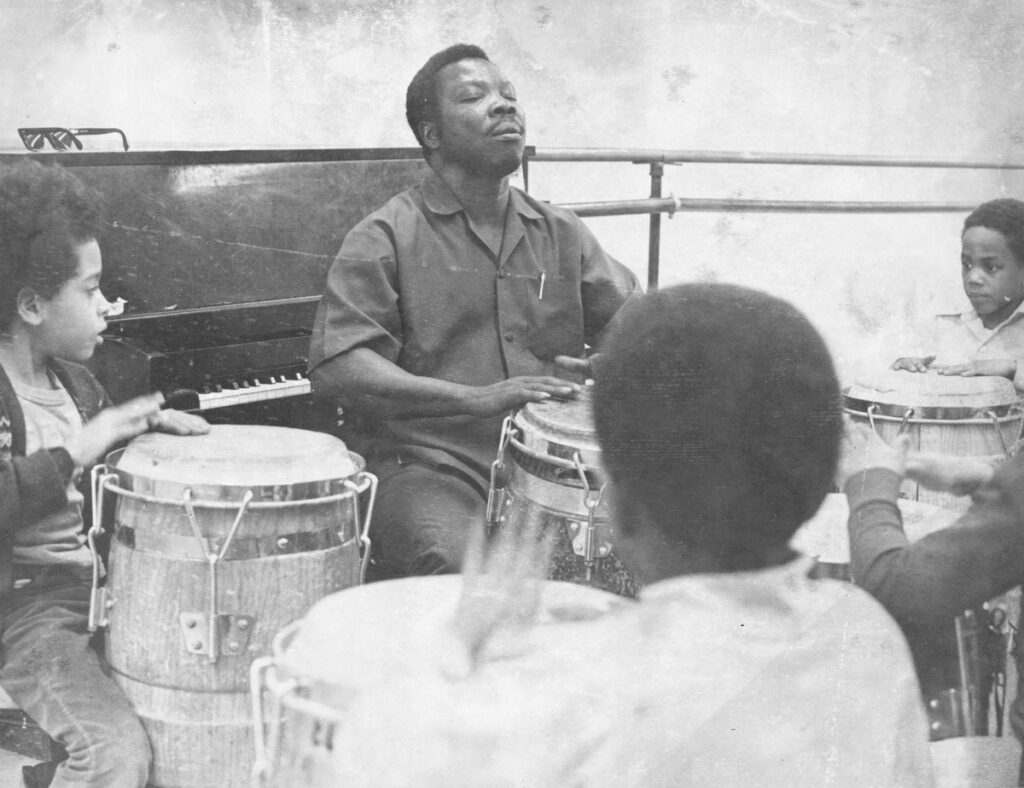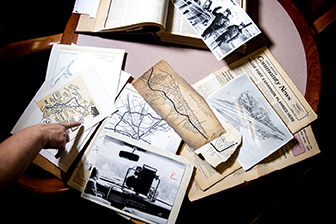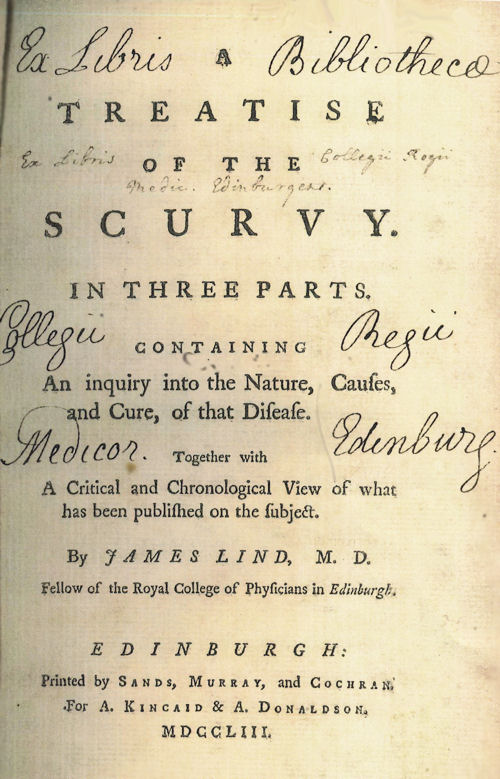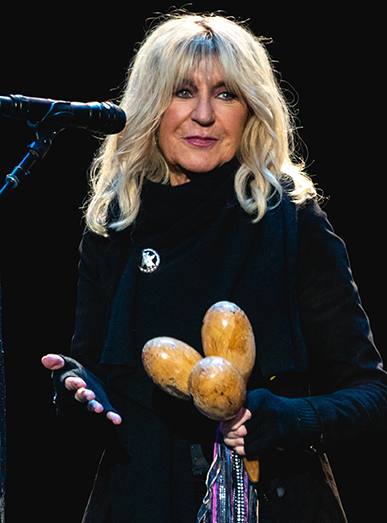Elma Lewis, Black Art, and Black Joy

Northeastern University’s Archives and Special Collections holds many records documenting Boston’s Black history. Several of these that celebrate Black joy and creativity come from Elma Ina Lewis, a leader in Boston’s performing arts scene throughout the mid-20th century. The Elma Ina Lewis papers document her early life and her professional activities, like establishing the Elma Lewis School of Fine Arts in 1950, the National Center of Afro-American Artists in 1968, and the Museum of the National Center of Afro-American Artists in 1969.

The Elma Lewis School of Fine Arts records document the history of the school and administrative information regarding its formation as well as productions of Blakrhythms, which uplifted Black voices and cultural concepts. The National Center of Afro-American Artists records also feature performances like those put on by the Elma Lewis School of Fine Arts, and the Digital Repository Service (DRS) holds a selection of photos from the Center’s performances and rehearsals, as well as scenes from everyday life to form a well-rounded understanding of the Black community and art in Boston between the 1950s and 1990s.
Become familiar with Elma Lewis’ legacy in our Finding Elma Lewis research guide.
To learn more about Elma Lewis and her work, check out the resources available through the DRS and the Archives and Special Collections.
Sources:
“Babatunde Olatunji teaches heritage and drums.” National Center of Afro-American Artists records (M042). Northeastern University Archives and Special Collections Department.
“Elma Ina Lewis candid.” National Center of Afro-American Artists records (M042). Northeastern University Archives and Special Collections Department.


